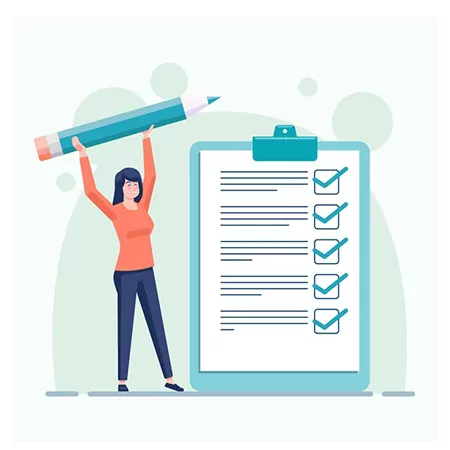Understanding the usage of verbs in the past tense is essential for effective communication in the English language. The past tense indicates actions, events, or states that have already occurred. In this article, we will delve into various examples of past tense verbs, highlighting their formation and usage.
By exploring these examples, you will understand how to express past actions and events accurately in your written and spoken English. So, let’s embark on this linguistic journey and explore the nuances of past tense verbs. Before that, let’s understand when to use the past tense.
Using the past tense is appropriate when you want to refer to actions, events, or states that occurred and were completed in the past. It is the primary tense for discussing past experiences and setting the temporal context of a narrative. Here are some specific situations where the past tense is commonly used:
When recounting a story, narrating historical events, or discussing things that happened in the past, the past tense is typically employed.
For example: “I went to the beach yesterday and enjoyed the warm sunshine.”
When an action has been finished or concluded in the past, the past tense is used.
For instance: “She wrote a novel last year.”
Even if an action was habitual or occurred repeatedly in the past, it is still expressed in the past tense.
For example: “Every summer, they visited their grandparents in the countryside.”
When quoting or summarizing past conversations or dialogue, the past tense is used.
For instance: “He said, ‘I can’t believe it happened.’
In academic writing, especially when discussing research findings or analyzing historical events, the past tense is the standard choice.
For example: “The study conducted by Smith et al. (2019) revealed significant correlations between the variables.”
When discussing a state or condition that existed in the past, the past tense is used.
For instance: “She was tired after a long day at work.”
When discussing unrealized dreams, unfulfilled desires, or expressing regrets, the past tense is commonly employed.
For example: “I wish I had travelled more when I was younger.”
It is important to note that the specific tense choice may vary depending on the context and narrative style. However, in most cases, the past tense is the appropriate choice when referring to completed actions or events that took place in the past.
Regular verbs are the simplest to conjugate in the past tense. To form the past tense, simply add “-ed” to the base form of the verb. Here are some examples:
Unlike regular verbs, irregular verbs do not follow a set pattern when forming the past tense. They undergo changes in the verb’s base form itself. Here are some examples of keyword irregular past tense verbs:
The past continuous tense describes ongoing actions or events in the past. It is formed using “was/were” followed by the verb’s present participle form (-ing). Consider these examples:
In each of these examples, the past continuous tense is formed by using “was” or “were” followed by the verb’s present participle form (“-ing”). This tense indicates actions that were in progress at a specific time or overlapping with another action in the past.
The past perfect tense expresses an action that occurred before another action in the past. It is formed by using “had” followed by the verb’s past participle form. Examples include:
In each of these examples, the past perfect tense is formed by using “had” followed by the verb’s past participle form. This tense indicates an action that occurred before another action or a specific time in the past, emphasizing the sequence of events.
The past perfect continuous tense expresses a constant action that started in the past and continued up until another point in the past. It is formed using “had been” followed by the verb’s present participle form (-ing). Examples include:
In each of these examples, the past perfect continuous tense is formed by using “had been” followed by the verb’s present participle form (“-ing”). This tense indicates a continuous action that started in the past and continued up until another point or action in the past, highlighting the duration or ongoing nature of the activity.

Mastering the usage of past tense verbs is crucial for effective communication. In this article, we explored various examples of verbs in the past tense, including regular and irregular verbs, as well as different tenses like past continuous, past perfect, and past perfect continuous.
Remember, while regular verbs follow a predictable pattern, irregular verbs require specific memorisation. By practising and incorporating these examples into your writing and speaking, you will enhance your English language skills and express past actions and events with precision and clarity.
Regular verbs in the past tense are verbs that form their past tense by adding -ed or -d to the base form. Examples include “walk” becoming “walked”, “jump” turning into “jumped”, and “paint” changing to “painted”.
Irregular verbs don’t follow the standard “-ed” or “-d” rule for forming past tense or past participle. Their forms vary and must be learned individually. Examples include “go” (went), “swim” (swam), and “see” (saw). These differ from regular verbs like “walk” (walked) and “jump” (jumped).
Examples are: “I was reading a book”, “They were playing soccer”, “She was eating lunch”, “We were driving to the beach”, and “You were studying for the test”.
The past perfect tense is used to express actions that were completed before another past event. It’s often used with time markers like “before”, “after”, “by the time”, etc. For example, “He had left by the time you arrived” or “She had already eaten before I got home”.
You May Also Like